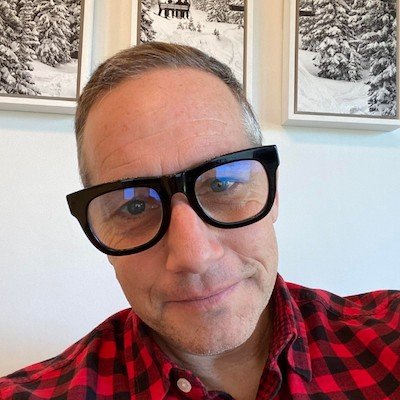NIL and the Importance of Local Brands
Name, Image, Likeness Insider uses proprietary data and expert insights to explain the latest NIL developments.
*This content originally appeared in the October 10, 2022 edition of Sports Business Journal.
LOCAL BRANDS HAVE JUMPED INTO NIL WITH BOTH FEET
While there have been some national brands that have been quick to develop a strategy for marketing around name, image and likeness, it has been local brands that have jumped into NIL with both feet.
Local brands have provided thousands of student athletes with opportunities and income. But the challenge in NIL being driven by local brands (and I mean no disrespect here) is that they are not very sophisticated when it comes to activating the athletes they sign.
In the last few weeks, I began to think that maybe I was being too harsh and not giving local brands enough credit. Then an Olympic sports agent friend of mine reminded me that “tube man / air dancers” are the primary marketing tactic of most of our local car dealerships. So I’m sticking to my guns on this one: Most local brands don’t know much about implementing an athlete activation plan that turns their NIL investment into 3x-5x in sales.
Why This Matters: This is a classic “a rising tide lifts all boats” situation. If a local brand partners with a student athlete and the activation fails (and they see no results), they’ll never do an NIL deal again. That’s a problem, because there are a finite number of brand partners in these local markets. NIL is going to need them to be repeat customers for its long-term success.
COMPENSATION IS BASED ON ATHLETES’ VALUE TO LOCAL BRANDS
Student-athlete compensation is a good place to start when analyzing the role of local brands in NIL. This year, I estimate that around 10 student athletes will make $1 million-plus and possibly 100 more could make $100,000-plus. Those totals represent about half of 1% of the 176,000 Division I athletes. I regularly survey for median compensation per NIL activity. In an August 2022 study of 1,050 student-athletes, I found the median compensation to be about $65 per NIL activity.
Compared to national brands, unsurprisingly, local brands have fewer financial resources to pay student-athletes. The $65 median compensation is in part due to the majority of deals being local. Unfortunately, that relatively low compensation has resulted in statements by some that student-athletes are being “underpaid” and “taken advantage of.” I don’t believe that’s true.
Why It Matters: While I don’t believe local brands activate well, I do have trust that they know their businesses and can make smart budget decisions. Therefore, I believe that student-athletes’ compensation is based on the athlete’s current value to the local brand. When these deals begin to generate significant sales, retail traffic, clicks, and other ROI, I think local brands will increase what they are spending on student-athletes.
Local brands shouldn’t be sold an NIL deal without an activation playbook
The time to educate local brands is right now. Local deals are on the brink of explosive growth. Digital marketplace leaders Opendorse and INFLCR are launching local marketplaces for their university clients. And student athletes who are landing deals offline (aka in real life) are doing so by pounding the pavement and talking to their local businesses. To coincide with this NIL evolution, everyone from marketplace platforms to NIL agents to colleges and universities needs to support the local brands.
Local brands shouldn’t be sold an NIL deal without providing the brand with an activation playbook. That playbook should include a step-by-step plan, templates, examples, and timing of how to activate the athlete across the four tactics: online, on air, at retail, and at events (realizing not all may be applicable.) If NIL is to thrive in the future, it will be due to local brands. That means not just securing deals, but also supporting those brands to activate effectively.
Bill consults with brands, agencies, and sports organizations on Name, Image, and Likeness - and provide on-demand courses for parents, athletes, coaches & administrators. He teaches NIL in College Sports at the University of Vermont’s Grossman School of Business. Bill’s a SportsBusiness Journal Forty Under 40 Award winner and former co-founder of the athlete & event marketing agency Fuse, which he operated for 20 years before selling in 2019.




